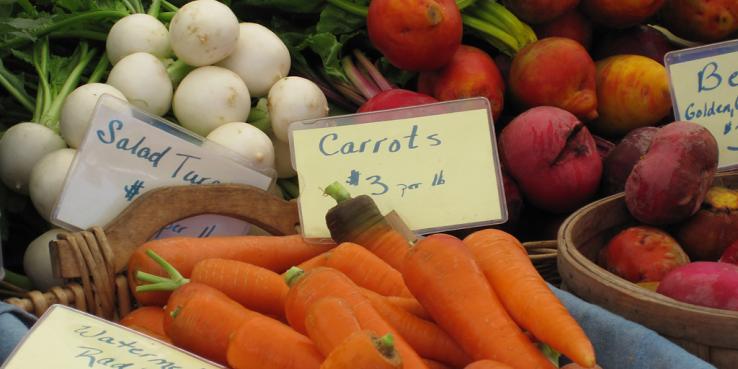Can you make a living selling what you grow in a city?
That’s a question a number of urban farming entrepreneurs have been working to answer in the past few years, and initial numbers are beginning to become public.
The short answer is … maybe. For many new urban-farming businesses that have started in the past couple of years, it may be too soon to judge — just as it would be with any small business getting off the ground. It’s also a question of what level of income you consider livable. A recent article from the two co-owners of Little City Gardens and a study in Vancouver provide some initial data.
Little City Gardens grows a variety of vegetables on a three-quarter acre plot in the Mission Terrace neighborhood of San Francisco. During the past year — their first of intensive production and sales — they marketed their produce to restaurants, caterers, CSA subscribers and to the public through a farm stand. In a blog post reviewing the past year, the co-owners reported that their revenue from 2011 allowed them to cover costs, set aside money for the coming year, and pay themselves $10,000 each. As the Little City owners put it, “Of course we acknowledge that we cannot sustain this type of salary for too long. This is not considered a living wage in San Francisco, and if we tried to pay ourselves by the hour, our wages would be embarrassing. We also acknowledge that this salary absolutely would not be adequate for anyone responsible for supporting a child or other family members, repaying loans or medical bills.” At the same time, they are hopeful that their second year will include increased sales, greater efficiency and the ability to pay themselves higher wages.
The numbers in Vancouver, British Columbia, paint a similar picture of urban farmers earning relatively little income. A study by University of British Columbia researcher Marc Schutzbank of eight commercial urban agriculture projects revealed that city farm owners earned an average of $8.64 per hour in 2010 (the figure was reported in Canadian dollars but is essentially the same in U.S. dollars at the contemporary exchange rates). The report notes that this is slightly less than what rural farm owners earned in British Columbia during the same period, but that urban farmers have the potential to grow and increase profits with higher yields, efficiency and sales.
Other notable commercial urban agriculture operations in areas of the country with high costs of living may soon provide more data about their commercial viability. Dig Deep Farms, for example, grows produce in the Ashland and Cherryland areas of Alameda County and sells its harvest through a CSA. Brooklyn Grange and Gotham Greens in New York City have taken to roofs for growing space. Proponents of a model of intensive small plot cultivation called SPIN Farming have hosted workshops in the United States and Canada promoting the viability of urban farms on less than one acre of land.
Urban agriculture as a business is a young industry. Initial numbers indicate that urban farming, like rural farming, often has low-to-no profit with the added burden of city-level costs of living. As with any young industry, though, it will take a number of years before it is clear which business models can support the livelihoods of urban farmers.
Further reading:
